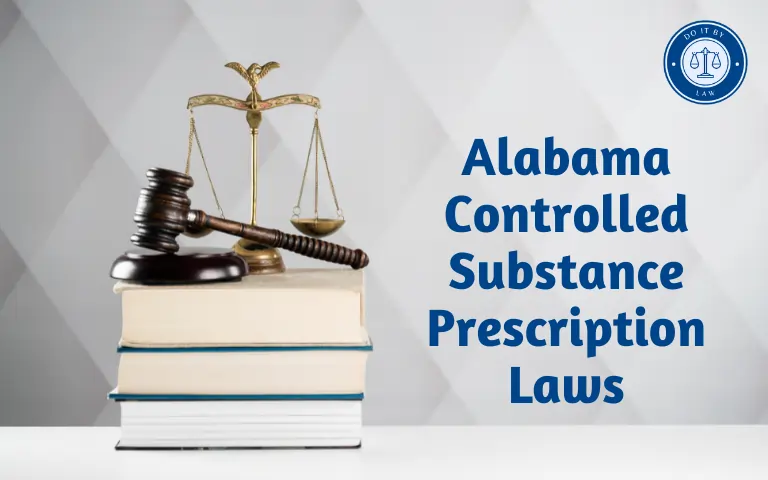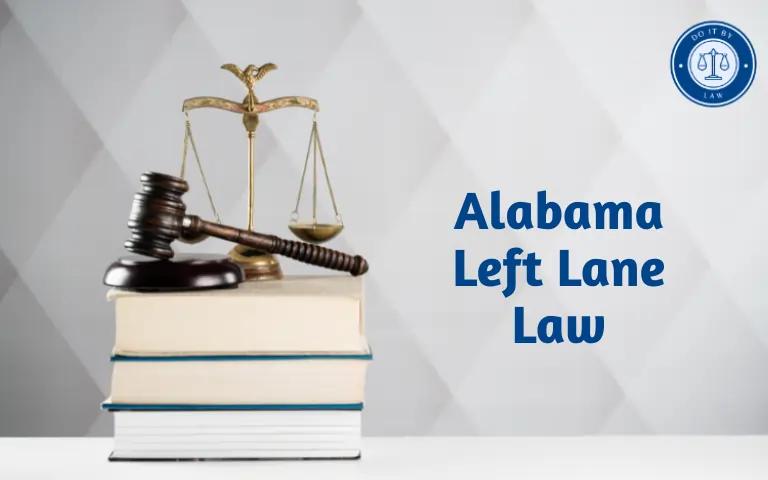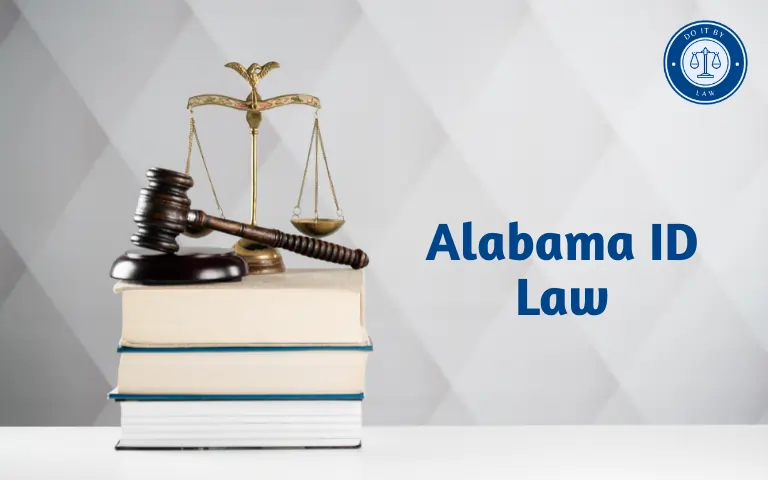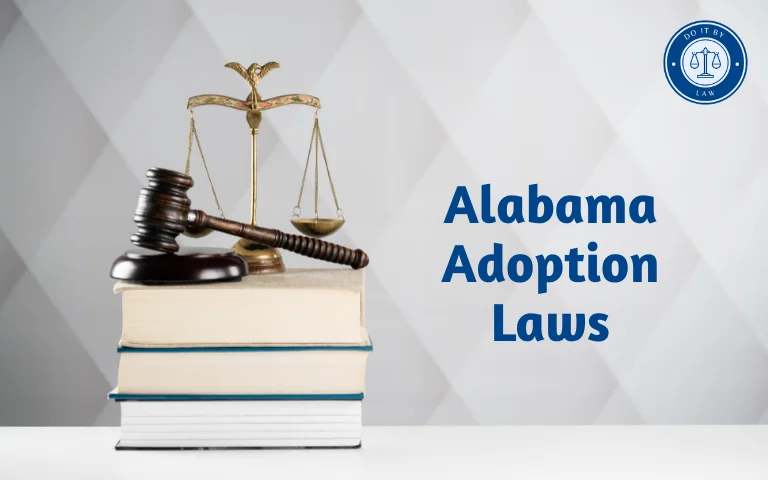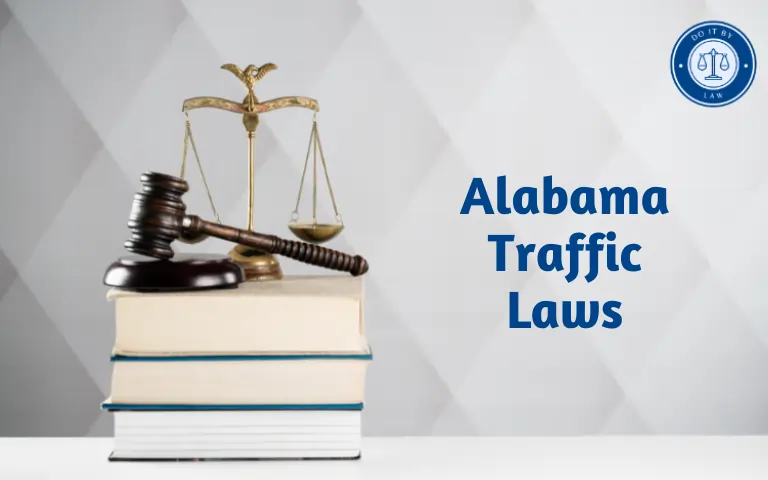Alabama Controlled Substance Prescription Laws: What You Need to Know
Prescribing and dispensing Alabama Controlled Substance Prescription Laws are tightly regulated to prevent misuse and diversion. Understanding key laws helps providers, pharmacists, and patients follow proper procedures.
This guide covers Alabama’s controlled substance prescription requirements including permitted prescribers, prescription formats, monitoring programs, e-prescribing, refills, penalties for violations, recent reforms, and frequently asked questions.
Following Alabama State laws facilitates ethical pain management while deterring problems like doctor shopping, forgery, and medication misuse.
When Alabama Controlled Substance Prescription Laws and Why
Alabama first began regulating narcotic drugs through the Uniform Narcotic Drug Act in 1935. This aimed to expand access to medical use while limiting recreational abuse.
Further laws like the Alabama Uniform Controlled Substances Act in 1971 brought drug prescriptions under strict oversight. These laws responded to rising rates of Alabama Controlled Substance Prescription Laws misuse and diversion requiring intervention.
Prescription regulations in Alabama seek to balance enabling medical treatment with preventing medications from being obtained under false pretenses for illicit uses. Proper protocols also protect at-risk patients.
Who Alabama Controlled Substance Prescription Laws Apply To
Alabama Controlled Substance Prescription Laws apply to:
- Doctors, dentists, veterinarians, nurse practitioners, physician assistants, and other authorized prescribers
- Pharmacists who fill controlled substance orders
- Patients obtaining medications through prescription
- Manufacturers and wholesalers distributing controlled drugs
All involved in the prescription process must adhere to strict standards or risk penalties for violations. This closed system aims to limit diversion possibilities.
Key Provisions of Alabama Controlled Substance Prescription Laws
Alabama Controlled Substance Prescription Laws requirements include:
- E-prescribing is mandated for most narcotics and other scheduled drugs.
- Tamper-resistant prescription pads are required in other cases.
- Strict formats for information are required like patient/provider IDs.
- Quantity and dose limits to cut overprescription.
- Mandatory PMP database checks prior to prescribing.
- Restrictions on refills for Schedule II drugs.
- Reportings of suspicious activity to authorities.
- Special IDs and licenses for prescribing/dispensing control drugs.
These ensure prescriptions meet standards for legitimacy and medical necessity.
Alabama Controlled Substance Prescription Laws Monitoring Program (ACSR)
The ACSR tracks all controlled substance prescription activity statewide. It assists providers in detecting:
- Possible forged or altered prescriptions
- Doctor shopping between multiple prescribers
- Duplicative prescriptions from different providers
- Excessive dispensation rates signaling misuse
Routine database checks help prescribers avoid contributing to abuse and diversion problems. Pharmacists also consult the ACSR when needed to verify prescription validity.
Penalties for Violating Alabama Controlled Substance Prescription Laws
Violations may result in:
- Prescriber/pharmacist license suspension or revocation
- Criminal charges for diversion, forgery, trafficking, or distribution
- Fines up to $10,000 per offense
- Imprisonment from 2 to 20 years depending on violation severity
- Additional penalties like asset forfeiture and civil damages
Prescriber ignorance or negligence does not exempt liability for violations. All involved must exercise proper prescription diligence and compliance.
Recent Changes to Alabama Controlled Substance Prescription Laws
Notable recent updates include:
- Tightening e-prescribing standards in 2015 to boost security.
- Integrating ACSR data into electronic health records for streamlined checks beginning in 2016.
- Passing a Good Samaritan law in 2018 offering immunity for reporting overdoses.
- Increased license/registration periods in 2020 to reduce prescriber administrative burdens.
- A comprehensive reform bill in 2022 expanding medication-assisted treatment access for opioid use disorders.
Changes aim to curb the opioid crisis and expand ethical treatment options while also easing certain practical burdens on providers.
Ongoing Controversies With Alabama Controlled Substance Prescription Laws
Key areas of continuing debate include:
- Limiting prescriber discretion through quota restrictions.
- Privacy invasions and profiling stigma from excessive PMP checks.
- Inadequate training on addiction risks and harm reduction approaches.
- Excessive prescribing regulation forces untreated suffering.
- Barriers to medication assisted treatment access.
- Need for wider prescription naloxone access to prevent overdose deaths.
Reforms seek to enhance prescribing skills while preventing constraints that may exacerbate problems like untreated pain driving people to illicit drugs.
Conclusion: Key Takeaways on Alabama Controlled Substance Laws
In summary, the main takeaways on Alabama Controlled Substance Prescription Laws regulations are:
- Strict rules govern the prescribing and dispensing of dangerous controlled drugs.
- Following proper procedures prevents misuse and enhances safety.
- Prescription monitoring aids responsible prescribing but prompts privacy concerns.
- Proper e-formats, refill limits, IDs, and other diligence is mandatory.
- Violations can bring severe criminal penalties along with licensing actions.
- Recent changes focus on improving prescriber tools while boosting treatment access.
Understanding Alabama laws helps providers, pharmacists, and patients collaboratively address substance abuse issues through ethical, compassionate prescribing.
Frequently Asked Questions on Alabama’s Controlled Substance Prescription Laws
Conclusion
I hope this guide has helped explain key provisions of Alabama laws regulating controlled substance prescriptions. Let me know if you have any other questions!

